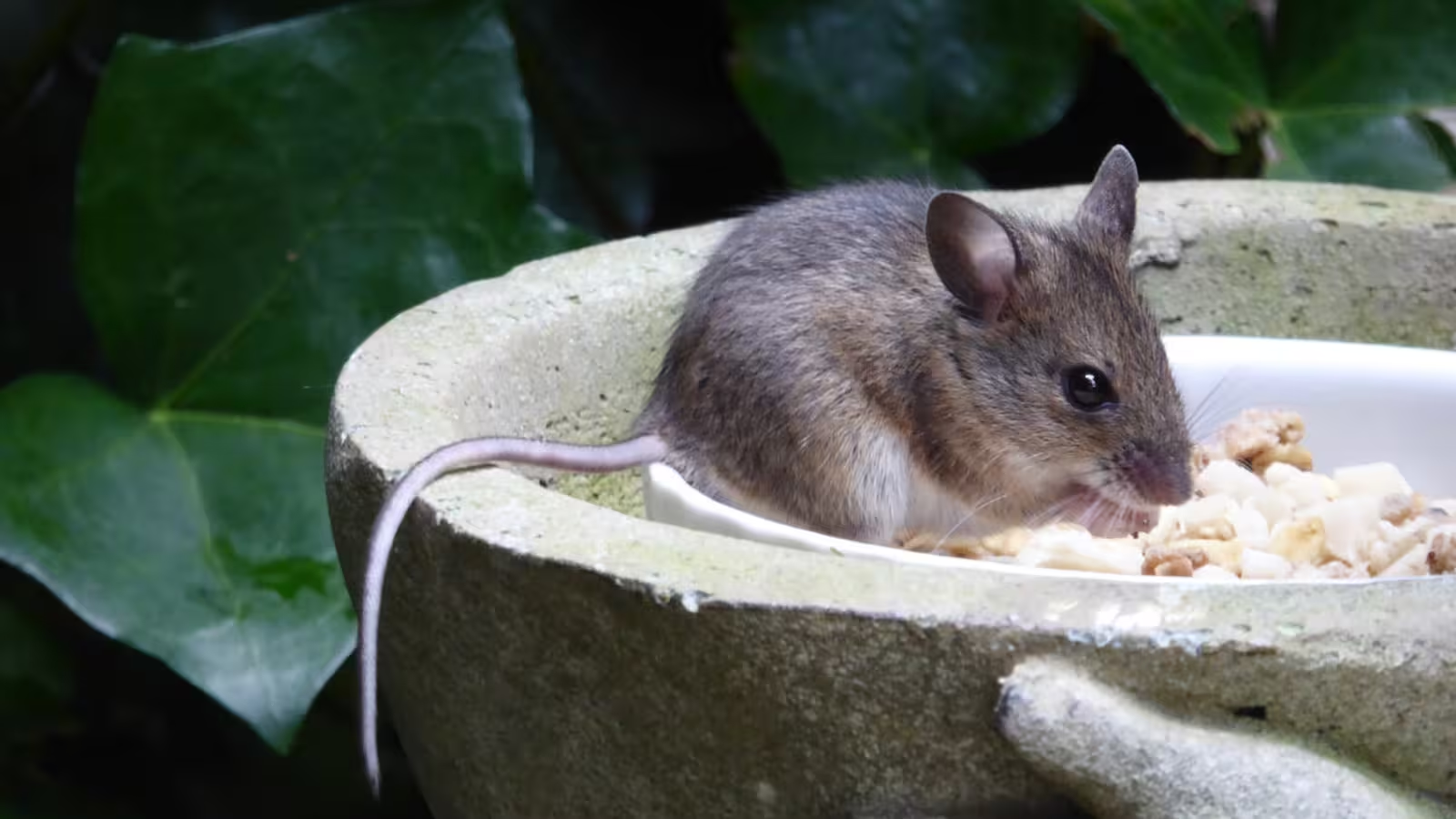5 Minutes
The Science of Regeneration: Why Some Animals Heal and Others Do Not
Regeneration—the ability to restore lost or damaged tissues—is a remarkable biological phenomenon mastered by various species throughout evolution. Creatures such as lizards, starfish, and the celebrated axolotl salamander from Mexico can regrow limbs, eyes, portions of the brain, and even spinal cords. In stark contrast, mammals have, for the most part, lost this extraordinary capacity, retaining only limited regenerative abilities in select tissues and species, such as rabbits and goats.
Scientists have long been captivated by the question: Why did mammals lose regenerative abilities that are so prevalent among other animal groups? Seeking answers, a team led by Dr. Wei Wang at the National Institute of Biological Sciences in Beijing embarked on groundbreaking research to unravel the genetic changes behind this evolutionary shift, and to explore whether lost regenerative functions might be restored.
Comparative Experiment: Rabbits Versus Mice
The research team pursued a comparative approach, selecting rabbits—known for their partial regenerative capabilities—and mice, which typically heal wounds by scar formation rather than true tissue regeneration. The experiment focused on the ear pinna, a structurally simple yet biologically diverse organ made up of various cell types, enabling clear and consistent observation of healing processes.
To simulate injury, small holes were punched into the ear pinnae of both rabbits and mice, after which the healing process was meticulously monitored. In both species, the initial stages were similar: a blastema—an aggregation of undifferentiated cells—appeared at the injury site within days. However, a critical difference emerged between the tenth and fifteenth day. While rabbits demonstrated outgrowths and gradually closed the wound by forming new tissue, mice saw their healing stall completely, leaving an unhealed hole in the ear.
Genetic Analysis Reveals the Key Player
To probe the genetic basis of this disparity in tissue regrowth, Wang's team analyzed gene activity at the wound sites. The gene Aldh1a2 stood out: highly active in rabbits, yet dormant in mice. Aldh1a2’s activation triggers the synthesis of retinoic acid, a vitamin A derivative vital for embryonic development, cell differentiation, and tissue growth. In rabbits, retinoic acid directed the organization and regeneration of new ear tissue. Mice, however, not only showed minimal Aldh1a2 activity but also exhibited increased activity in genes responsible for breaking down retinoic acid, blocking the regenerative pathway.
Reawakening Regeneration: Retinoic Acid as a Catalyst
To directly test whether retinoic acid was the missing ingredient in mouse tissue regeneration, the team injected the substance into the ear wounds of mice. The results were dramatic: mice regularly treated with retinoic acid displayed complete ear pinna regeneration, closely mirroring the regenerative success observed in rabbits.
Previous attempts by other research groups had failed to achieve such results, but Wang suggests this was likely due to insufficient dosage or duration of retinoic acid administration, noting its rapid metabolic breakdown in the body. "Retinoic acid has a very short lifetime, so both concentration and sustained treatment are critical," he explained.
Genetic Modification Unlocks Regenerative Potential in Mice
Having confirmed retinoic acid’s pivotal role, Wang's team proceeded to test whether directly reactivating the Aldh1a2 gene could trigger mice to produce their own retinoic acid and regenerate tissue naturally. By inserting regulatory DNA elements from the rabbit genome beside the mouse Aldh1a2 gene, they successfully elevated its activity to rabbit-like levels. The genetically modified mice regained the ability to regenerate ear tissue autonomously, without the need for external retinoic acid.
"We demonstrated that it is possible to reinstate regenerative capability in mammals by reactivating a single gene pathway, at least for certain tissue types," Wang remarked. Nevertheless, the results primarily apply to ear tissue and may not be generalizable to organs such as the heart, liver, or limbs.
Complexities and Future Prospects in Mammalian Regenerative Medicine
Despite this breakthrough, the realization of regenerative medicine for humans—where lost limbs or organs could be regrown—remains a distant goal. As Wang is quick to caution, tissue regeneration is governed by intricate and multi-layered biological networks. Restoring one aspect of this process represents only a fragment of an enormously complex puzzle.
One central question remains unresolved: Is the Aldh1a2 pathway universally relevant for regeneration across all organs, or is its influence restricted to structures like the ear pinna? "We still don't know if retinoic acid supplementation could activate regeneration in organs beyond the ear," Wang acknowledged. "Each organ follows its unique evolutionary trajectory and may suppress regeneration for different reasons."
Understanding why mammals lost widespread regenerative abilities is itself a focus of active investigation. Wang's team is intent on uncovering the ecological pressures or survival advantages that led to the suppression of regenerative genes embedded within mammalian DNA. "We are exploring what evolutionary forces made it beneficial for mammals to lose their regenerative capacity. Only by understanding the 'why' can we think about reversing the process," Wang added.
Conclusion
The latest research in tissue regeneration reveals that by reactivating a dormant gene—the Aldh1a2 gene—scientists can restore the ability of mice to regenerate ear tissue, a trait long thought lost in most mammals. This breakthrough not only illuminates the genetic switches controlling regeneration but also represents a significant step in the field of regenerative biology and genetic engineering.
While the findings offer hope for the future of regenerative medicine and tissue engineering, particularly in mammals, considerable challenges remain. Further research is essential to determine if these techniques can be applied to more complex organs and, ultimately, to human medicine. Nevertheless, this work paves the way toward understanding and potentially harnessing the latent regenerative powers hidden in mammalian genomes.
Source: arstechnica



Comments